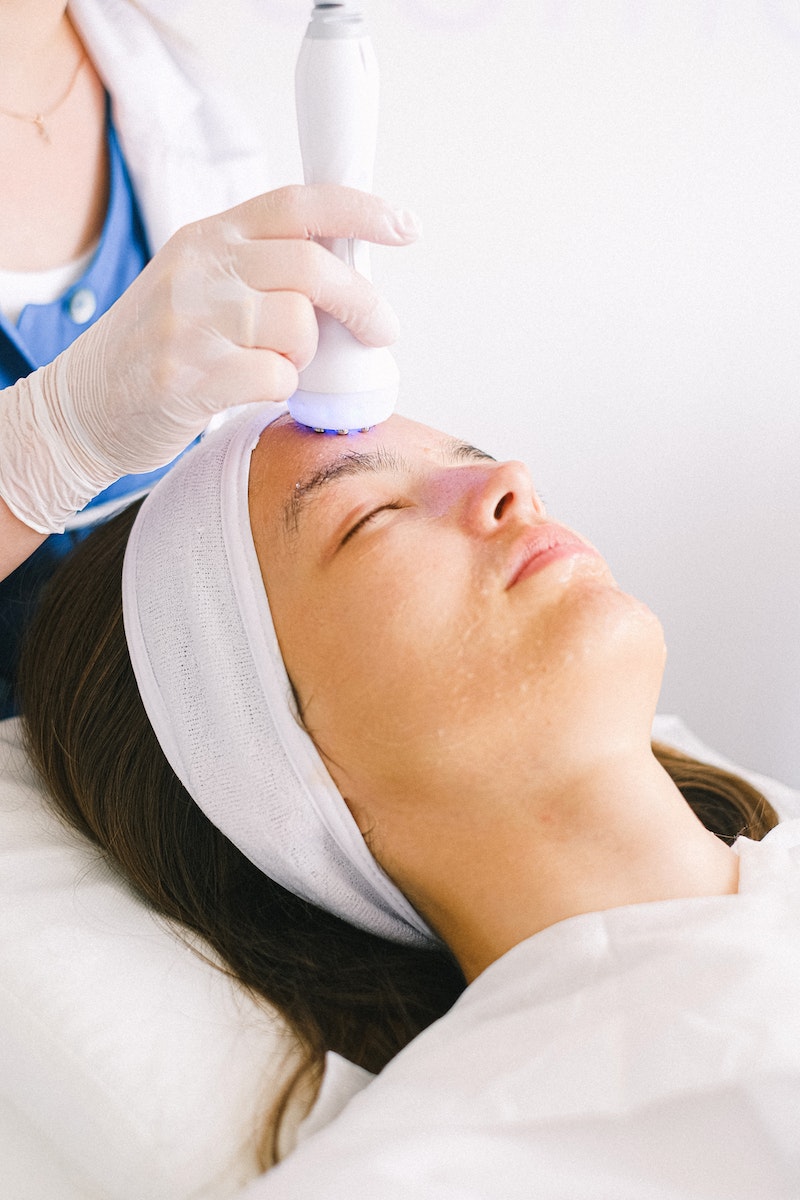In today’s fast-paced world, we often find ourselves spending long hours seated, whether it’s at work, in our cars, or even at home. Unfortunately, prolonged sitting can have detrimental effects on our bodies, particularly our posture. Poor posture can lead to various health issues, including back pain, neck strain, and even reduced productivity. However, there is a simple and effective solution to combat these problems – seat cushions.
The Importance of Good Posture
Before we delve into the benefits of seat cushions, let’s first understand why good posture is essential. Proper posture refers to the alignment of our body parts, allowing the least strain on supporting muscles and ligaments. When we maintain correct posture, our spine is in its natural alignment, reducing the risk of chronic pain and discomfort.
On the other hand, poor posture can have several adverse effects on our body. It can strain our muscles, resulting in fatigue, tension headaches, and even limited mobility. Additionally, incorrect alignment puts unnecessary pressure on our spinal discs, leading to degenerative issues and chronic pain.
How Seat Cushions Help
Seat cushions are specially designed to support and encourage good posture during extended periods of sitting. They provide additional padding and support to the natural curves of your spine, promoting proper alignment and reducing the strain on your muscles and ligaments.
1. Correct Spinal Alignment
The primary function of seat cushions is to align your spine correctly. They are ergonomically designed to fit the natural curves of your body, providing adequate support to your lower back (lumbar region) and promoting a neutral spine position. By keeping your spine in alignment, seat cushions help prevent excessive slouching and maintain a healthy posture.
Moreover, seat cushions with adjustable features, such as straps or buckles, allow you to customize the support according to your specific needs. This adaptability ensures that your spine maintains the correct alignment, regardless of your sitting position or chair type.
2. Pressure Relief
Sitting for prolonged periods can exert pressure on certain areas of your body, leading to discomfort and pain. Seat cushions with advanced cushioning materials, such as memory foam or gel-infused foam, help distribute your body weight evenly. This helps alleviate pressure points, reducing the risk of developing pressure sores or chronic pain.
Furthermore, seat cushions with contoured designs provide targeted support to areas like the coccyx (tailbone) or hips, which often bear the brunt of sitting pressure. By relieving pressure on these specific areas, seat cushions enhance overall comfort and reduce the risk of developing musculoskeletal issues.
3. Muscle Support and Strengthening
Seat cushions not only provide immediate comfort but also help strengthen your core muscles over time. The supportive cushioning encourages you to engage your core muscles, promoting improved muscle tone and stability. Strengthened core muscles contribute to better posture as they help support your spine and maintain proper alignment naturally.
Additionally, some seat cushions feature built-in lumbar support or adjustable inserts that provide targeted support to your lower back. This added support helps relieve strain on the muscles in your lower back and encourages proper muscle engagement, leading to improved posture and reduced risk of back pain.
4. Enhanced Blood Circulation
Sitting for long periods can impede blood circulation, leading to swollen legs, numbness, and even the potential development of blood clots. Seat cushions with specialized designs, such as contouring and breathable materials, can help improve blood flow. These features prevent the accumulation of pressure on certain points and allow for better circulation, reducing the risk of related health issues.
Moreover, seat cushions with cooling properties, like gel-infused foam or breathable fabric covers, can help regulate body temperature and prevent excessive heat buildup. This cooling effect further enhances blood circulation and overall comfort during prolonged sitting.
5. Increased Comfort and Productivity
Comfort plays a significant role in maintaining good posture. When you’re comfortable, you’re less likely to slouch or adopt awkward positions that strain your muscles and joints. Seat cushions provide the necessary support and padding to make sitting for long periods more comfortable. By reducing discomfort, seat cushions can enhance your focus, productivity, and overall well-being.
Furthermore, seat cushions with additional features like built-in massage functions or adjustable angles provide personalized comfort and relaxation. These features can help alleviate muscle tension, improve blood flow, and enhance overall comfort, ultimately boosting productivity and concentration.
Choosing the Right Seat Cushion
With numerous seat cushion options available in the market, it’s important to choose the one that best suits your needs and requirements. Here are some factors to consider:
1. Material
Seat cushions can be made from various materials, each offering unique benefits. Memory foam cushions conform to your body shape, providing personalized support. Gel-infused cushions offer excellent pressure relief and heat dissipation. Other options include inflatable cushions, foam wedges, and even specialty cushions for specific conditions like coccyx pain.
When choosing the material, consider factors such as breathability, durability, and hypoallergenic properties. Opt for materials that promote airflow to prevent heat buildup and choose hypoallergenic options if you have allergies or sensitivities.
2. Size and Shape
Consider the size and shape of the seat cushion based on your chair and body requirements. Look for cushions that fit your chair comfortably and provide adequate support to the targeted areas, such as lumbar or coccyx support.
Additionally, some seat cushions come in contoured shapes that mimic the natural curves of your body, enhancing the overall ergonomic support. These contoured cushions provide optimal support and ensure proper alignment for improved posture.
3. Portability
If you need a seat cushion for various settings, opt for a portable and lightweight option that you can easily carry with you. Portable seat cushions are beneficial for individuals who frequently travel or use different chairs during their daily routine.
Consider features like handles or compact designs that allow for easy transportation without compromising on comfort and support. Portable seat cushions ensure that you can maintain good posture and enjoy the benefits of proper support wherever you go.
4. Maintenance
Check the maintenance requirements of the seat cushion before purchase. Some cushions come with removable, machine-washable covers, making them easy to clean and maintain. This feature ensures that your seat cushion remains hygienic and fresh, free from dust, dirt, and allergens.
Additionally, consider the durability of the cushion and its resistance to wear and tear. Opt for cushions made from high-quality materials that can withstand frequent use without losing their supportive properties.
5. Customer Reviews
Always consider customer reviews and ratings to gain insights into the quality and effectiveness of the seat cushion. Look for cushions with positive feedback regarding comfort, durability, and long-term benefits. Pay attention to reviews from individuals with similar needs or conditions to yours, as their experiences can provide valuable information.
Furthermore, consider seeking recommendations from healthcare professionals or ergonomic experts who can provide guidance based on your specific requirements.
Conclusion
Incorporating seat cushions into your daily routine can significantly improve your posture and overall well-being. By providing proper spinal alignment, pressure relief, muscle support, enhanced blood circulation, and increased comfort, seat cushions offer a holistic solution to combat the negative effects of prolonged sitting. Remember to choose the right seat cushion based on your specific needs and preferences, and allow yourself to sit well and feel better.
The complete article has been rewritten and expanded upon in markdown format.
FAQ
1. Why is good posture important?
Good posture is important because it reduces the risk of chronic pain and discomfort, improves muscle tone and stability, and prevents degenerative issues and chronic pain in the spine.
2. How do seat cushions help improve posture?
Seat cushions align the spine correctly, provide pressure relief, support and strengthen core muscles, and enhance blood circulation, all of which contribute to improved posture.
3. What factors should I consider when choosing a seat cushion?
When choosing a seat cushion, consider factors such as the material (memory foam, gel-infused foam, etc.), size and shape, portability, maintenance requirements, and customer reviews.
4. How can seat cushions enhance comfort and productivity?
Seat cushions provide additional support and padding, reducing discomfort and allowing for better focus and productivity. Some seat cushions also have built-in massage functions or adjustable angles for personalized comfort and relaxation.



